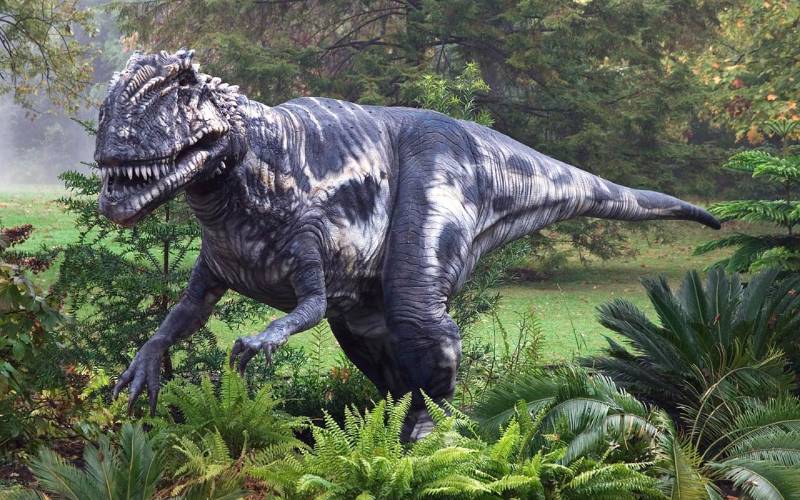William Buckland, the first professor of geology at Oxford University, presented his research on the Megalosaurus, the first dinosaur to be described scientifically, in 1824, and it completely altered the course of science. The finding of this massive carnivorous animal, whose fossils were discovered in Oxfordshire, England, ushered in a new era of knowledge regarding the prehistoric life on our planet. The evidence pointed to this creature as being about the size of an elephant and probably amphibious.
Cracking the Code of Big Bones
Large bones that dated to the late 1600s had baffled scientists prior to Buckland’s revolutionary discovery. Roman war elephants or enormous humans were frequently thought to be the remains. Once Megalosaurus was described, a fresh, more convincing theory was offered to account for these surprising discoveries.
The Origin of the Word “Dinosaur”
The word “dinosaur,” which we use so casually these days, wasn’t coined until 1842. At this point, British biologist and paleontologist Richard Owen discovered similarities between Megalosaurus and other ape-like species, such as Hylaeosaurus and Iguanodon. This prompted him to create the term “dinosaur,” giving this new group of animals a name.
The Popular Culture of Megalosaurus
Megalosaurus left its mark in popular culture in addition to the realm of science. It appeared in the beloved book “Bleak House” by Charles Dickens and served as a model for the first dinosaur park ever built, which opened in 1854 at London’s Crystal Palace.
Paleontology’s Evolution
From Buckland’s time to the present, paleontology has advanced significantly. Roughly fifty new dinosaur species are added to the list of approximately 1,000 species that have been identified by the field each year. We are now able to learn more about these amazing animals thanks to the development of new technologies like CT scanning. It has proven beyond doubt that dinosaurs were the direct ancestors of birds by proving they had feathers.
The fact that the first dinosaur was named 200 years ago shows how far science has come in our understanding of these extinct animals. It provides an opportunity to consider their enduring influence on our culture as well as science.




